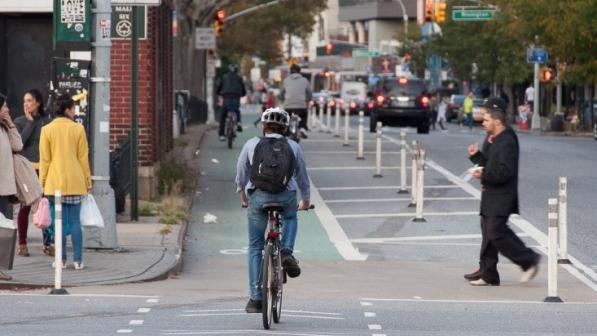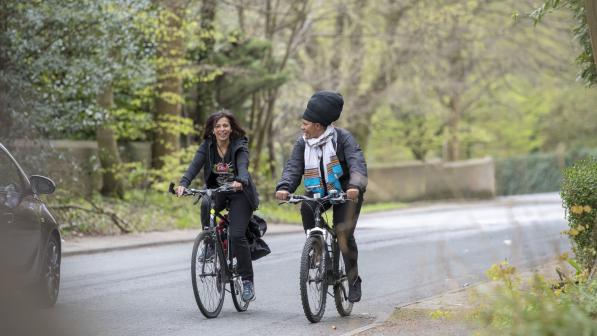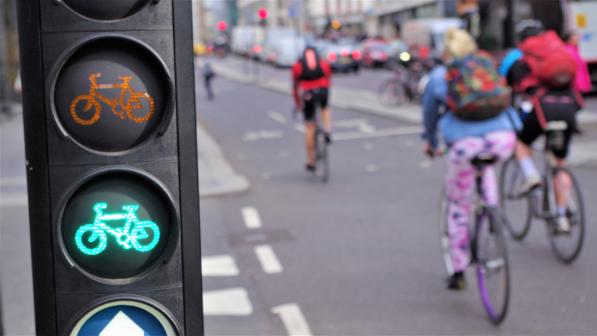Why and how do roads need to be better maintained for cyclists?

Whilst every road user suffers from poor road surfaces, cyclists face a disproportionate risk of injury or death because they are not protected in same way as motor vehicle occupants.
From 2007-2018 (twelve years), 26 cyclists were killed in crashes where the police thought that a poorly maintained road was a contributory factor. In 2018 alone, the police recorded this factor in 50 cases where cyclists were seriously injured.
It is probable, however, that these statistics - capturing only those reported to the police - greatly underestimate the total number of cyclists affected by poor road surfaces, as hospital data suggest.
In 2018/19, 65% (over 11,000) of admissions among cyclists to English hospitals were the result of non-collisions (i.e. they didn’t involve another vehicle, pedestrian or object). Although it is not possible to say how many of these were due to defective road surfaces, it is likely that they accounted for a fair proportion.
Highway maintenance regimes thus need to pay particular attention to cyclists’ needs. To do this:
- Inspection frequencies and response levels should be higher on the most important parts of the cycle network, even where these routes are minor as far as motor vehicles are concerned, e.g. quiet lanes or back streets. Over four-fifths of cycle mileage takes place on minor roads, in fact, compared to 35% of car mileage.
- Criteria for prioritising repair should address specific risks to cyclists, for instance, potholes located where cyclists typically ride, (i.e. 50cms - 1.5m from the kerb), and hazardous faults such as longitudinal cracks or sunken trenches that form following streetworks - i.e. when the surface has been dug up for some reason and reinstated. Defects like this may not reach a council’s depth criteria – usually 40mm – but can still represent a considerable risk for cyclists.
- The existence of a fully planned cycle network, such as a Local Cycling and Walking Infrastructure Plan in England (LCWIP), not only provides the basis for prioritising inspections, but also a cost-effective opportunity to integrate maintenance work with plans to improve conditions for cycling. Thus, when carrying out resurfacing or any other substantial change to the road alignment, improvements (including those recommended in the LCWIP) should be implemented at the same time, e.g. installing segregated facilities, cycle-friendly junctions and signals, cycle lanes etc.
- Local councils should receive sufficient funding for road maintenance and to help them clear any backlog.
The above is an updated version of Cycling UK’s 'Cycle safety: make it simple' recommendations made in response to the Department for Transport’s Cycle Safety Review (June 2018).
For more, see our full briefing on highway maintenance.



